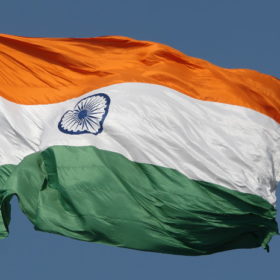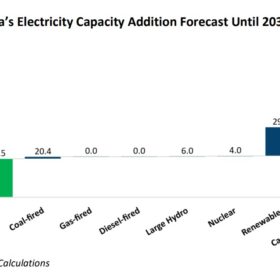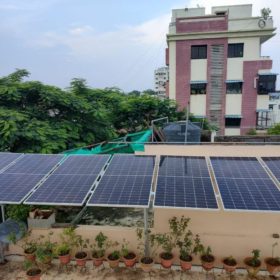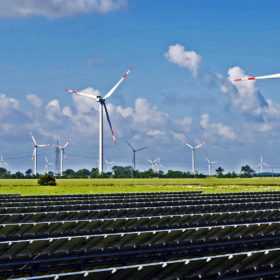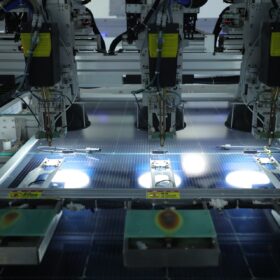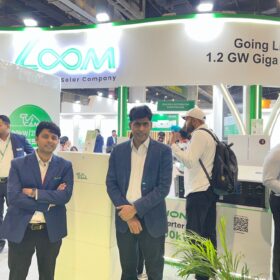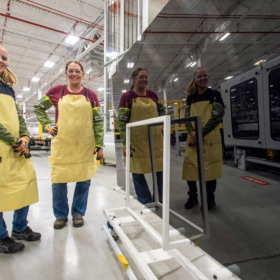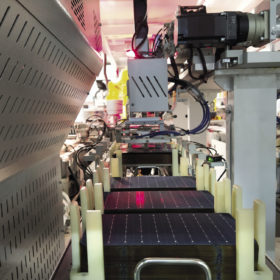The case for using gas-based plants to serve peak power demand
Using some of India’s existing gas-based power capacity as peaking plants would be more economical than the other options in the short-term market for peak power supply. Gas-based power plants can provide ancillary services to maintain the grid’s power quality, reliability, and security as renewable energy capacity increases, says a new report by IEEFA.
Emerging investment opportunities in India’s renewable energy sector
Corporate decarbonization, value chain integration, wind-solar hybrid projects, battery energy storage, offshore wind, green hydrogen, and value-added offerings such as energy-as-a-service are key trends and technologies shaping up India’s renewable energy sector and offering ample scope for investments.
India saved $4.2 billion in fossil fuel costs due to solar generation in H1
A new report says solar generation helped seven Asian countries avoid $34 billion in fossil fuel costs in the first half of 2022. The majority of these savings were in China ($21 billion). Japan avoided $5.6 billion in fossil fuel costs and India saved $4.2 billion.
India expected to annually deploy 35-40 GW of renewables until FY2029-30 end
Ambitious government targets and commitments by both private and state-owned companies will propel renewable energy installations.
India’s residential rooftop solar capacity expected to rise by 60% this fiscal year
India’s cumulative residential rooftop solar capacity may rise by 60% to reach 3.2 GW by March 31, 2023 driven by rising consumer demand coupled with strong government support.
India’s power market design must evolve as renewables’ share rises, says IEEFA
A new report by IEEFA says India’s power market design must evolve to transition faster to an ultra-low-cost renewable energy-based electricity system.
India installed 1.9 GW of ‘open-access’ renewables in FY 2021-22
India has surpassed 10 GW of overall renewables capacity installed for offtake through open access.
India’s first grid-scale storage tenders to spur investment, domestic manufacturing
If Solar Energy Corp. and NTPC can successfully execute tenders for standalone energy storage systems, it could drive investment, support domestic manufacturing, and facilitate the development of new business models, according to a newly released report.
Solar auctions in India to attract large developers
A new report shows that renewable energy companies will continue to compete in upcoming auctions in India, undeterred by challenges such as rising materials costs and surging interest rates.
Indian renewable energy sector recorded $14.5 billion investment in FY2021-22
The investment needs to more than double to $30-$40 billion annually for India to reach the 2030 renewables target of 450 GW.
